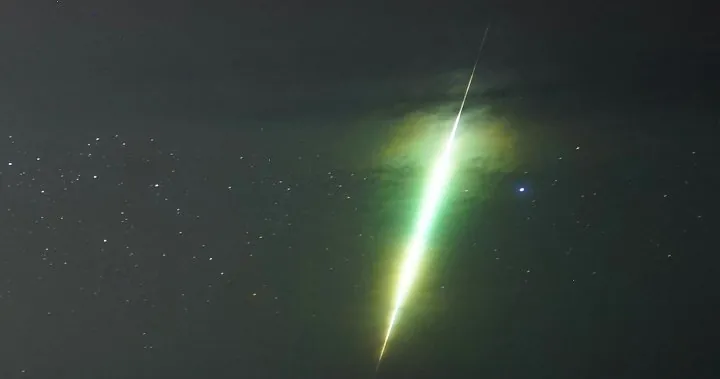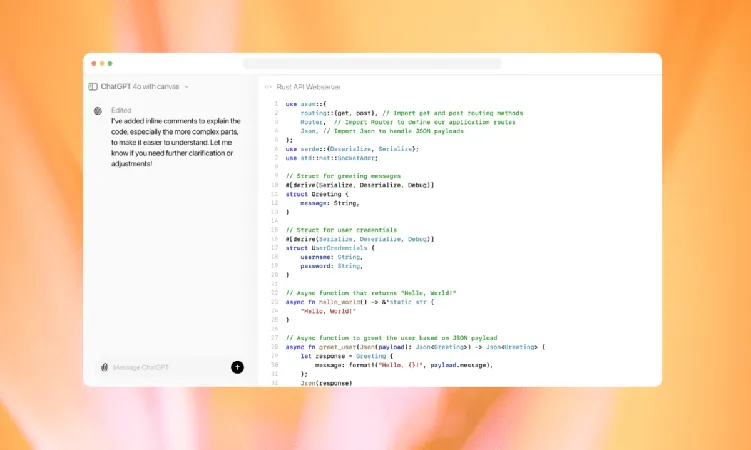
Catch the Draconid Meteor Shower This October — Here’s How to Witness the Magic!
2024-10-07
Author: William
Catch the Draconid Meteor Shower This October — Here’s How to Witness the Magic!
Mark your calendars, star-gazers! The Draconid meteor shower is set to dazzle the skies in Canada this coming Monday evening, extending into the early hours of Tuesday. Unlike its more famous counterparts, the Perseid and Geminid meteor showers, the Draconid can be viewed at a more leisurely hour — no need for late-night stargazing sessions!
This enchanting spectacle occurs when Earth passes through the debris left by the comet 21P/Giacobini-Zinner, which passes close enough to our planet every October to gift us with this cosmic display. With promising conditions this year, including a crescent moon shining at just 27 percent illumination, the visibility should be excellent, allowing stargazers to enjoy the meteor shower without battle against an overpowering moonlight.
Jenna Hinds, the executive director of the Royal Astronomical Society of Canada, suggests that the optimal time for viewing will be about an hour to an hour-and-a-half after sunset. "You want it to be dark outside before you attempt to observe the meteors, as it takes about an hour for the sky to reach the ideal darkness," she advises.
So, what can you expect? Unlike the more prolific Geminids, the Draconid shower usually presents around only 10 meteors per hour. The best views can be found well away from city lights, so finding a quiet, remote area is key to enhancing your stargazing experience.
Have you ever wondered why meteor showers are named after constellations? The Draconids get their name from the Draco constellation, which resembles a dragon and is prominently placed in the northern sky. This geographical perk means that Canadians, from British Columbia to Nova Scotia, can enjoy a great view as Draco remains visible year-round, hovering high right after sunset.
But don’t despair if the Draconid shower doesn’t deliver a heavy meteor count; mark your calendars for an even grander event! The Geminid meteor shower, peaking around December 13, is one of the most spectacular of the year, with an anticipated rate of about 120 meteors per hour—even though the bright full moon may challenge visibility.
So grab a blanket, turn off your screens, and gather your friends or family for a night under the stars. The Draconid meteor shower promises to be a beautiful event that may just ignite your passion for astronomy. And stay tuned because the cosmic action isn't stopping here—after the Draconids, get ready for the Geminids that follow! Don’t miss out on these stellar experiences!









 Brasil (PT)
Brasil (PT)
 Canada (EN)
Canada (EN)
 Chile (ES)
Chile (ES)
 España (ES)
España (ES)
 France (FR)
France (FR)
 Hong Kong (EN)
Hong Kong (EN)
 Italia (IT)
Italia (IT)
 日本 (JA)
日本 (JA)
 Magyarország (HU)
Magyarország (HU)
 Norge (NO)
Norge (NO)
 Polska (PL)
Polska (PL)
 Schweiz (DE)
Schweiz (DE)
 Singapore (EN)
Singapore (EN)
 Sverige (SV)
Sverige (SV)
 Suomi (FI)
Suomi (FI)
 Türkiye (TR)
Türkiye (TR)